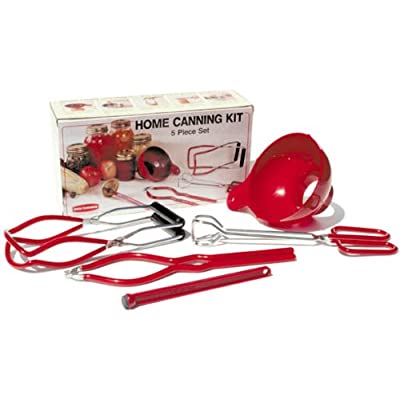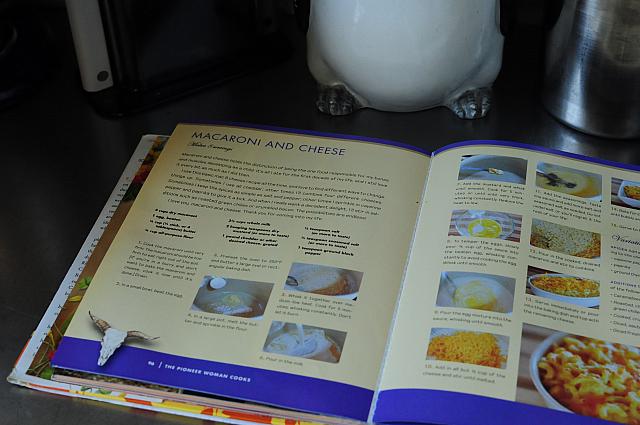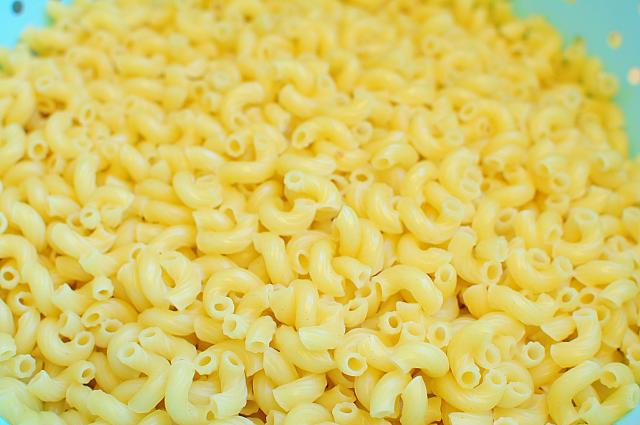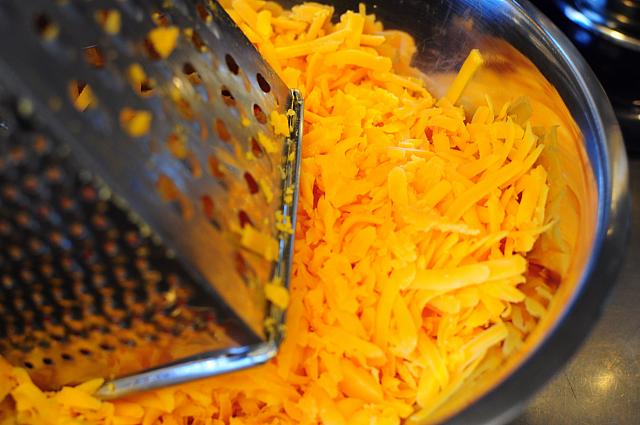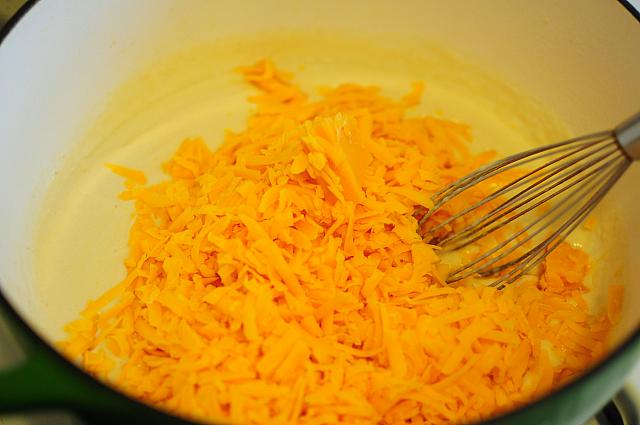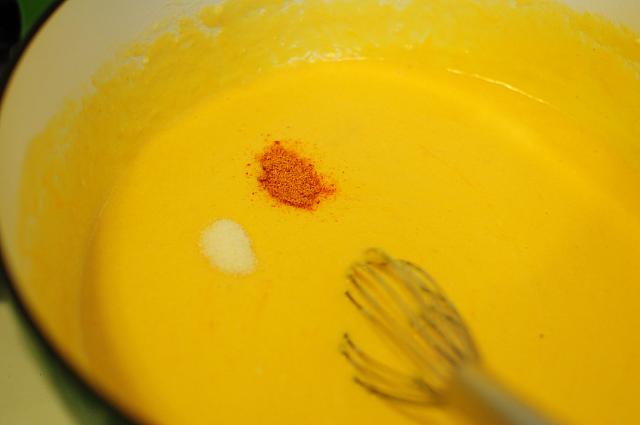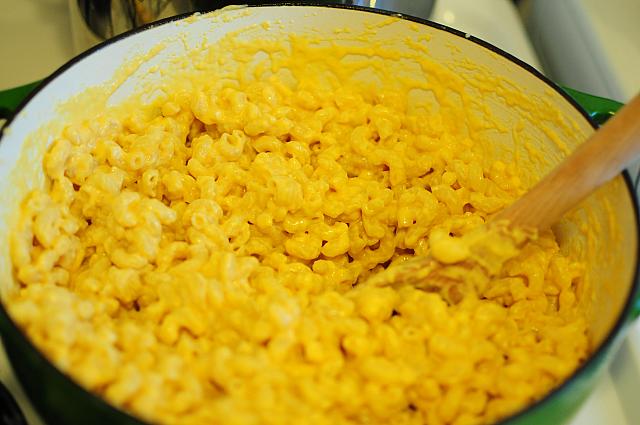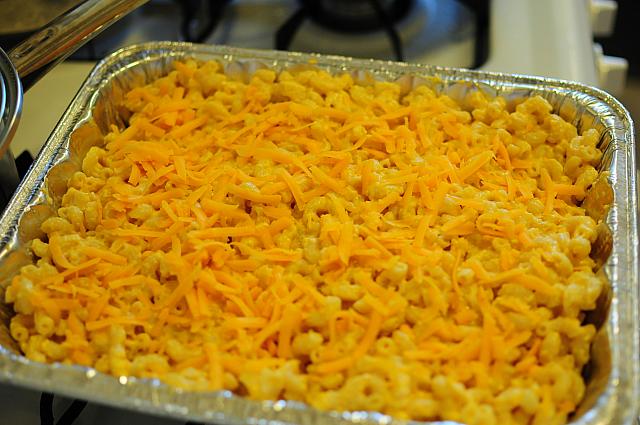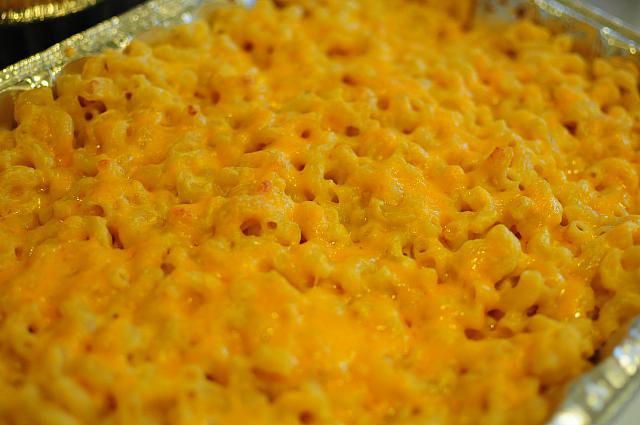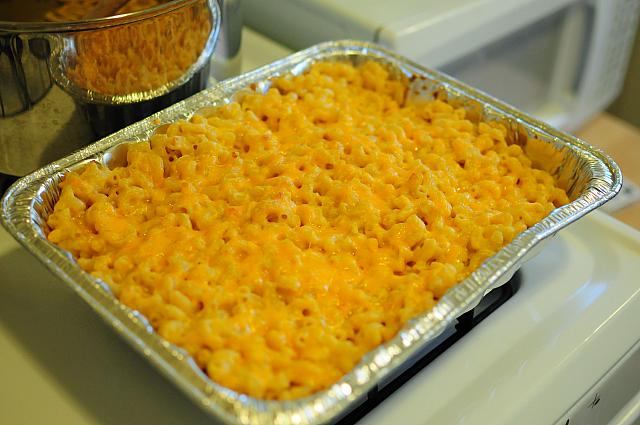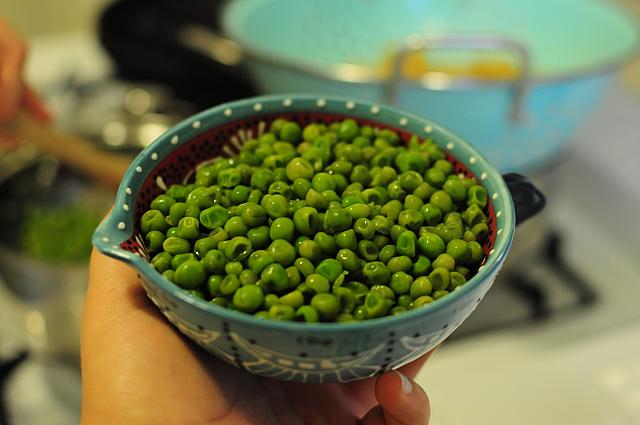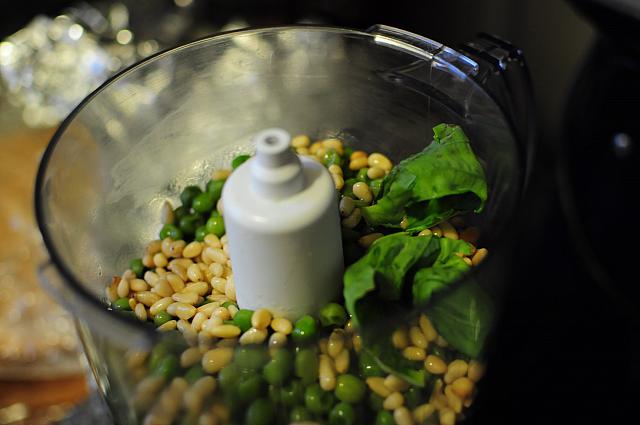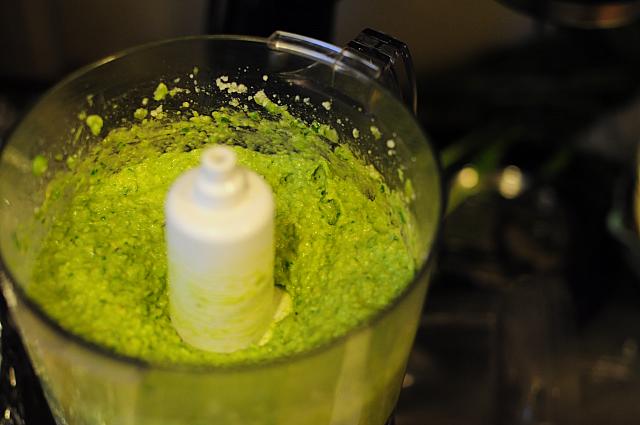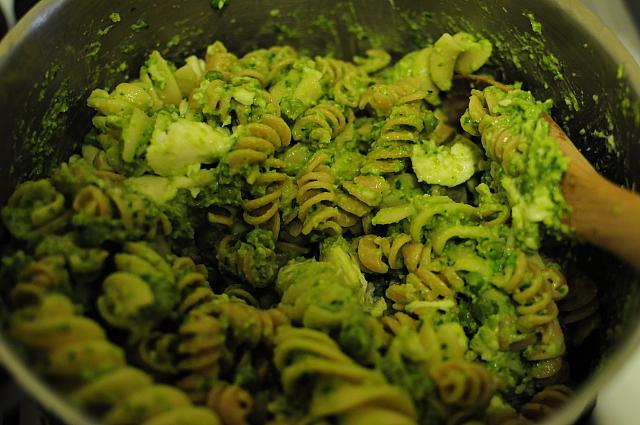Greetings! In this installment I’m going to give you my quick tips and tricks for gluten free grocery shopping so that it is not quite so overwhelming a task as it may at first seem. I have learned that the most important things whether grocery shopping for yourself or a gf person in your life is: paying attention, being informed, and reading reading reading. You are your biggest advocate; you’ll only feel as good as you invest the time in yourself and your health. Unfortunately, this sometimes means epic grocery store endeavors.
Let’s be honest. I have cried in grocery stores. Out of pure frustration and hunger and generally feeling overwhelmed. So this might happen, but it always passes and next time I go in with even more information on hand. I also shop at no less than six different grocery stores (plus online) to get the food I like and want to eat, but having pasta that doesn’t taste like cardboard is totally worth the extra miles and aisles logged. It is overwhelming and sometimes totally obnoxious, but it is absolutely manageable and like with all things gf gets easier with time and practice.
1. Inform yourself about labeling laws
The good news is that a lot of food companies and manufacturers as well as grocery stores are becoming more aware of celiacs and gluten. The bad news is that as it turns out the Food and Drug Administration is not always the most helpful government agency. Currently, while there are labeling requirements for the top eight allergens there is no uniform standard for gluten free labeling. You can read more about what they do and do not require in the realm of gluten free labeling here. This is a good place to start to get your head on straight about what a food company is or is not communicating to you. As wheat is a top eight allergen, if a product is processed with wheat that has to be indicated on the label. This is helpful to know for celiacs as this practice of manufacturing can lead to cross contamination to otherwise gf food that can make us sick. Though labeling for wheat doesn’t cover all of the gf bases as barley and rye are not included in this top eight allergen list, which is why getting a standard of gluten free labeling is very important!
2. Do your research
Before heading to the store I do my research before hand by checking companies’ FAQ sections or seeing if they have a gf product list. Short of that, because not all food companies have such lists, I have also found that good search terms are [the item and gluten] or [the item and celiac]. I tend to seek out information provided by companies, as opposed to relying on a posting by someone I don’t know on a listserv somewhere. Be aware that most companies will have a disclaimer (or “cover our ass” statements as lovingly referred to in the gf community) where they state that they cannot definitively say that cross contamination did not occur. Most of these statements are par for the course, again another example where the gf person has to make a judgment call.
3. Go with a list & 4. Identify your gf brands
So when actually I head to a grocery store I always try to go with my list in hand. Before I head to the store I will try and identify brands of the items I need that I have previously researched and verified to be gf. Just in case a particular grocery store doesn’t have a particular brand I try to come up with as many different options as possible or go to multiple grocery stores. I also am sure to always have my smart phone on my person so I can verify something on the fly on a food manufacturer’s websites. I have a bunch of different company gluten free lists bookmarked on my phone so I don’t have to keep all of that information straight. Mainstream grocery store chains are now offering and indicating on their shelves gluten free options. Sometimes they even have whole sections, but be aware that the people labeling and creating gf sections are not conversant in these matters, so you’ll need to still do your due diligence and still read labels!
5. Read the ingredients labels every time
Finally, when selecting my items at the store I make sure and read the ingredients labels every time. Admittedly this is a drag, admittedly sometimes I am lazy and don’t do this, but it is important because food manufacturers can change their ingredients and manufacturing processes at any point. So something I bought last week might not be the same as what I buy three months from now; chances are it is the same, but things do change and it is better to be on the safe side. For example, maybe the company introduced a new product and now your once gf product is now processed with wheat. Every gf person sets their own threshold for what they are comfortable with. Some celiac eat foods “processed in a facility that processes wheat.” Personally, I tend to stay away from these products as much as possible, but that is a personal choice.
Next time I’ll share with you some of my gf product recommendations so that you don’t have to go into a grocery store completely blind and take a gamble on a $7 bag of pretzels.
[addtoany]
